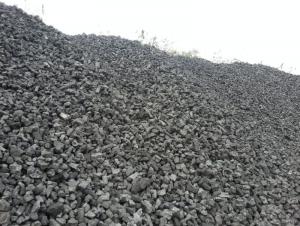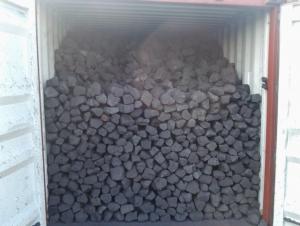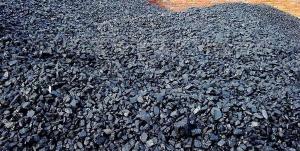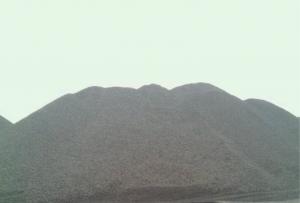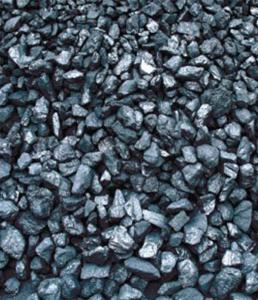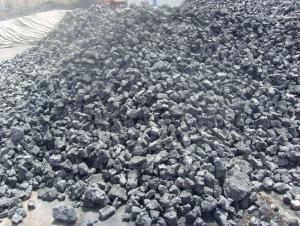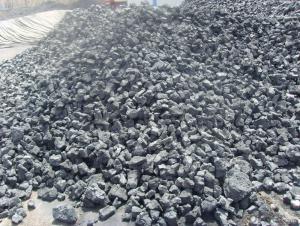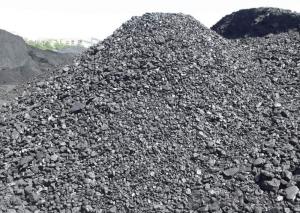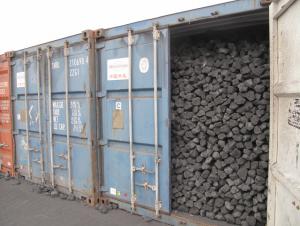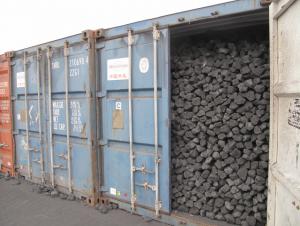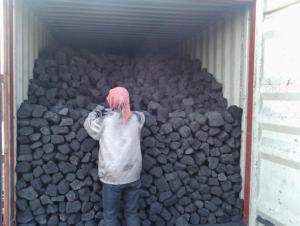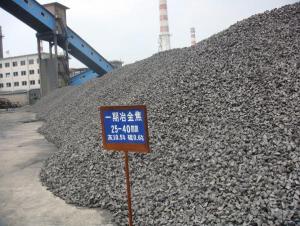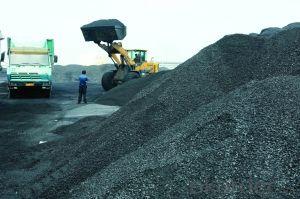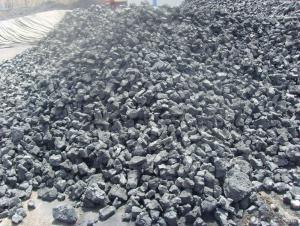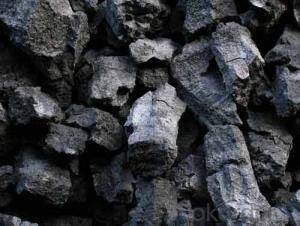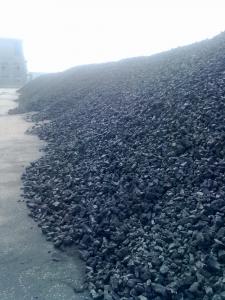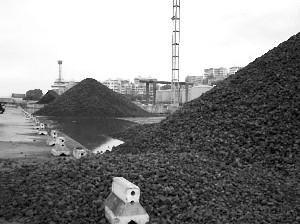Met Coke M10(8)
- Loading Port:
- Tianjin
- Payment Terms:
- TT OR LC
- Min Order Qty:
- 1000 m.t.
- Supply Capability:
- 100000 m.t./month
OKorder Service Pledge
OKorder Financial Service
You Might Also Like
1. Structure of Metallurgical Coke of Met Coke M10(8) Description:
Coke is made by high temperature metallurgical coke for blast furnace smelting, casting and gasification. Occurring in the process of coking after recovery and purification of coke oven gas is a high calorific value of fuel, is an important industrial raw material in organic synthesis.
Recent coke export adequate to meet the demand of domestic market, has preserved has important significance to the economic growth, reduce international trade disputes, can win the development of the economic transformation of money and time.
On China's coke production distribution, the regional distribution imbalance of coking enterprises, mainly distributed in north China, east China and northeast China.
2. Main Features of the Metallurgical Coke of Met Coke M10(8):
• Quality assurance
• Mutual benefit
• Preferential price
• Various choice
3. Metallurgical Coke of Met Coke M10(8) Images:
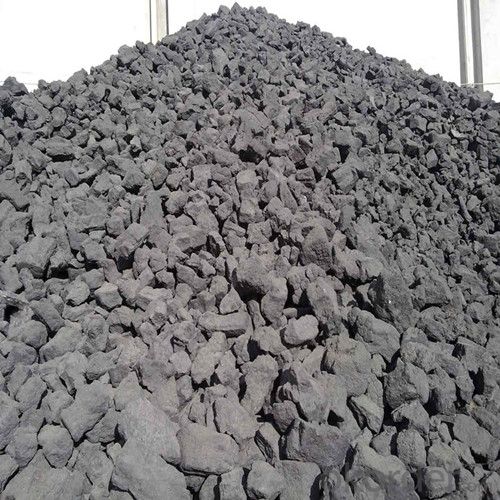
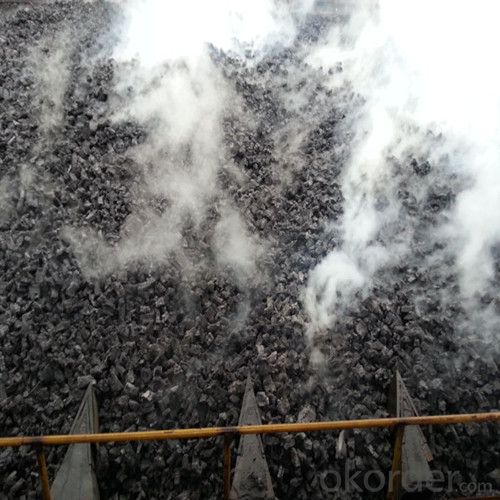

4. Metallurgical Coke of Met Coke M10(8) Specification:
Parameters | Guarantee | Rejection |
Total Moisture ( As received basis ) | 8% max | |
Ash ( dry basis ) | 12.5% max | > 13.5% |
Volatile Matter ( dry basis ) | 1.5% max | > 1.8% |
Sulphur ( dry basis ) | 0.70% max | > 0.80% |
Phosphorus ( dry basis ) | 0.035% max | > 0.045% |
Size 10-30 mm | 90% min | |
+30 mm | 5% max | > 8% |
-10 mm | 5% max | >8% |
5. FAQ
What are coke's main physical properties?
on the relative density of density, coke, coke porosity, thermal conductivity for the heat capacity of coke, coke, coke, coke ignition temperature, coke thermal expansion coefficient of thermal stress and coke, coke shrinkage rate, coke resistivity permeability, etc.
- Q:I now do a good job in the coke network editor, I would like to know more about coke
- Direct reduction in the blast furnace in the area above 850 degrees celsius. Because the CO2 generated at high temperature immediately reacts with the carbon in coke to form CO, it can be considered that the carbon in coke is directly involved in the reduction process:CO is used as reducing agent, either indirect or direct reduction. In order to continue to add CO, requires a certain degree of reactivity of coke.
- Q:Coke is how to produce, what is its purpose?
- Natural coke. Coke can be obtained by high-temperature carbonization of coal:
- Q:The difference between coal and coke
- The semi coke production tend to low temperature carbonization, distillation temperature at 600 degrees Celsius, due to a late start, at present the low temperature carbonization furnace single furnace annual output of 30 thousand tons / year in most equipment under low temperature carbonization furnace forum of more than 50 thousand tons / year scale is still at the exploratory and experimental stage, technology of the large-scale equipment is still not mature, can only achieve centralized mass production using a combination of multi furnace technology. The use of coal field is quite widespread, especially in the carbonaceous reducing agent has unique properties, economic advantages are very obvious.
- Q:What is coke and how is coke classified?
- Coke definitionBituminous coal in the absence of air is heated to 950-1050 DEG C, after drying, pyrolysis, melting, bonding, curing and contraction of the final stage of this process is made of coke, coking high temperature (high temperature carbonization). By high temperature coking coke for blast furnace smelting, casting and gas generated in the process of coking. After the recovery and after the purification of coke oven gas is not only a high calorific value of fuel, and is an important raw material for organic synthesis industry. Metallurgical coke is coke, coke, iron alloy coke and non-ferrous metal smelting coke for metallurgical coke collectively. More than 90% were used for blast furnace ironmaking blast furnace coke, so often referred to as metallurgical coke is coke. The special cupola molten iron and coke. Coke is the main fuel cupola molten iron. It is melting charge and molten steel overheating, the support column to maintain its good permeability. Therefore, coke should have Large blocks, low reactivity, porosity is small, with impact crushing strength, low ash and sulfur enough.
- Q:Various types of coal coke are the main test items
- Coal test items which specific indicators of coal test:Generally include coal test indicators include: calorific value of coal (calorific value), sulfur content (sulfur), ash, volatile, fixed carbon, char residue characteristics, total moisture, water analysis and other indicators
- Q:How to calculate the average particle size of coke
- Introduction of a commonly used, called "surface area volume average diameter", abbreviated D (3,2):D (3,2) = 1 / (fVI (/DI)).
- Q:How to distinguish the level of coke. What is metallurgical coke
- Since more than 90% of metallurgical coke is used for blast furnace ironmaking, it is often referred to as coke. Other more specific can see here:
- Q:The coke is divided into several separate uses
- Types of cokeCoke is usually divided by use of metallurgical coke (including blast furnace coke, coke and iron alloy coke etc.), coke and calcium carbide with coke gasification. The utility model is characterized in that the coal is formed by the compression of the coal powder, and a new type of coke, which is processed after carbonization, is called a coke.
- Q:What chemical plant used to coke
- Under the condition of isolated air, the bituminous coal is heated to 950-1050 DEG C, and finally, the coke is made by drying, pyrolysis, melting, bonding, solidification and shrinkage
- Q:What are the national standards for grade two coke?
- Volatile content is not greater than 1.80; crushing strength: M40:76.1 - 80, M25:88.1 - 92; wear resistance: M10: not more than 8.5;
1. Manufacturer Overview |
|
|---|---|
| Location | |
| Year Established | |
| Annual Output Value | |
| Main Markets | |
| Company Certifications | |
2. Manufacturer Certificates |
|
|---|---|
| a) Certification Name | |
| Range | |
| Reference | |
| Validity Period | |
3. Manufacturer Capability |
|
|---|---|
| a)Trade Capacity | |
| Nearest Port | |
| Export Percentage | |
| No.of Employees in Trade Department | |
| Language Spoken: | |
| b)Factory Information | |
| Factory Size: | |
| No. of Production Lines | |
| Contract Manufacturing | |
| Product Price Range | |
Send your message to us
Met Coke M10(8)
- Loading Port:
- Tianjin
- Payment Terms:
- TT OR LC
- Min Order Qty:
- 1000 m.t.
- Supply Capability:
- 100000 m.t./month
OKorder Service Pledge
OKorder Financial Service
Similar products
New products
Hot products
Hot Searches
Related keywords


